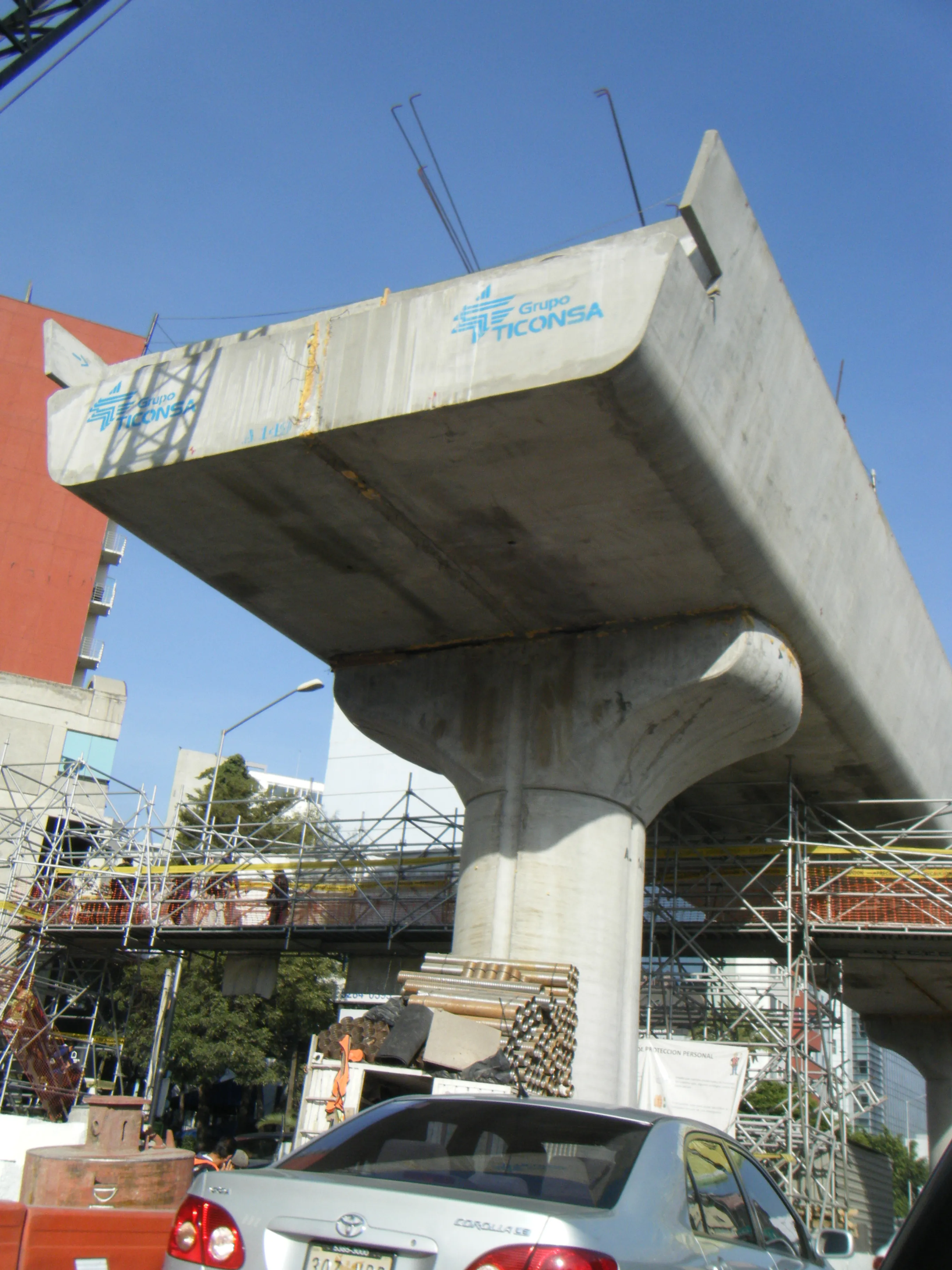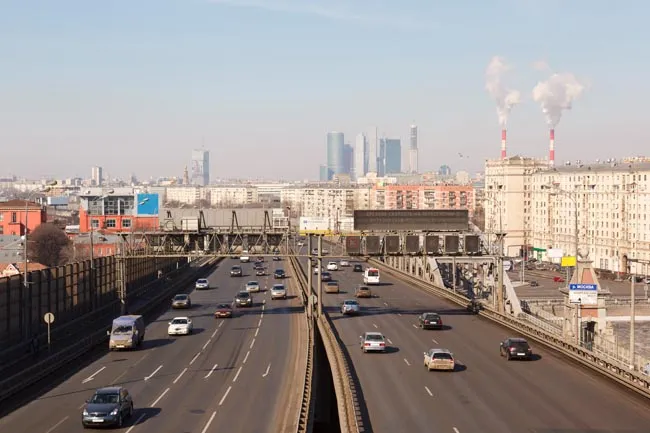
Working under a turnkey project scheme,
To meet the necessary quality requirements for the project, CEMEX had to carry out ground analysis prior to any construction work. However, this highlighted that the land was unstable, revealing that the poor conditions would make paving complicated using conventional processes.
As a result, CEMEX recommended the use of 5,000m3 of a special mix designed to level difficult ground. This mix was selected as it would allow paving even during rainfall periods, as well as allowing the roads to be opened in just one day. This minimised traffic interruption in the area during work hours.
“For this project, CEMEX delivered technology, knowledge, and above all, punctuality, crucial for the completion of such a large-scale project in only 13 months - a record from a construction standpoint,” said architect Mario Schjetnan, who was in charge of the design of the La Mexicana park, together with architect Víctor Márquez.
Thanks to the opening of the new roads, over 20,000 people are now able to visit this park every weekend. In addition to the pavement of new roads, CEMEX participated in the construction of a tunnel that connects the roads to the park, and facilities such as a jogging and walking track and cycle tracks.








